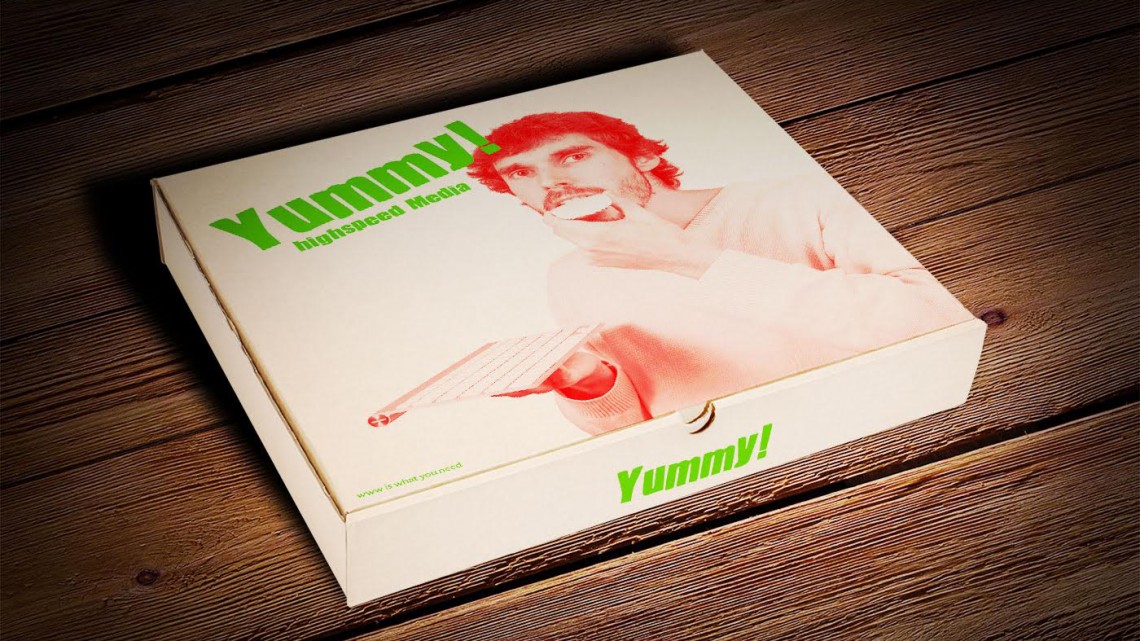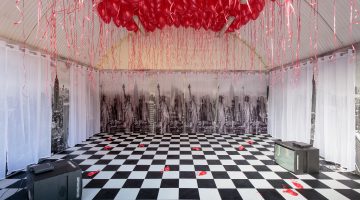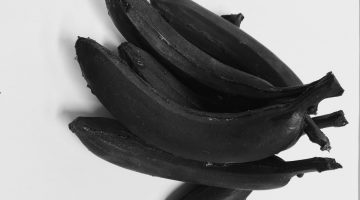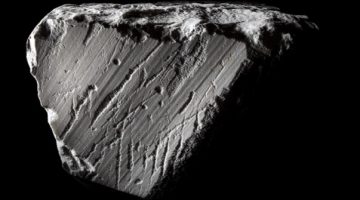Porn to Pizza — Domestic Clichés
Curated by Tina Sauerländer, peer to space
September 5 – October 24, 2015
DAM GALLERY BERLIN
Neue Jakobstr. 6, 10179 Berlin, Germany
Works by
Anthony Antonellis (US), Kim Asendorf and Ole Fach (DE), Domenico Barra (IT), Petra Cortright (US), Kate Durbin (US), Carla Gannis (US), Laurence Gartel (US), Emilie Gervais (FR), Claudia Hart (US), Paul Hertz (US), Faith Holland (US), Lindsay Lawson (US/DE), Jessica Lichtenstein (US), Patrick Lichty (US), Mark Napier (US), Eva Papamargariti (GR/UK), Angelo Plessas (GR), Hayley Aviva Silverman (US), Cornelia Sollfrank (DE), Jonny Star (DE)
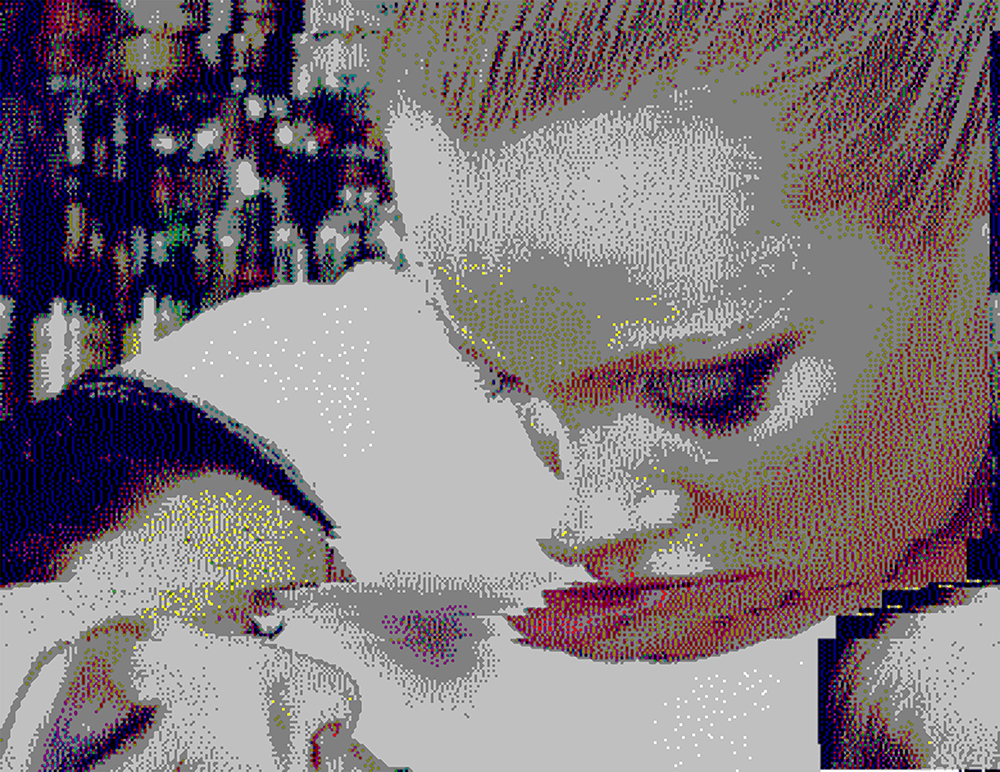
Domenico Barra. “PiratePornoMaterial 2nd 12, .gif (frame),” 2014. Courtesy the artist / DAM Gallery
The opening party for Porn to Pizza at DAM was packed, be it for the promise of actual pizza during the opening party or in the hope of seeing some free porn.
Curator Tina Sauerländer invited 21 international artists to show work that deals with one or more of the 4P of domestic clichés: Porn, Pets, Plants, and Pizza. At the heart of the exhibition lies the question of how digital culture and the internet and have changed our domestic daily life. Taken to the extreme, the art shows us how this shift from IRL to URL has changed our everyday routines. The parallel world of our online life does not mirror our domestic one, but rather serves as a stylized and augmented version, with our posts and tweets only showing the highlights, recontextualized and carefully picked.
Each artist has their own understanding of digital art. Some work with the Internet; some digitally blend reality and virtual life; some create objects with new materials or create real sculptures in the context of the virtual. Most of the works are new, but there are older pieces as well. The digital world is fast paced. The aesthetics of Net Art and Post-Internet Art (which arguably at this point would encompass all new art) change rapidly, so that works from just a few years ago already seem dated, with the rapid development of available software outpacing critical evaluation. Only those with a strong conceptual message will outlast their technical expiration date.
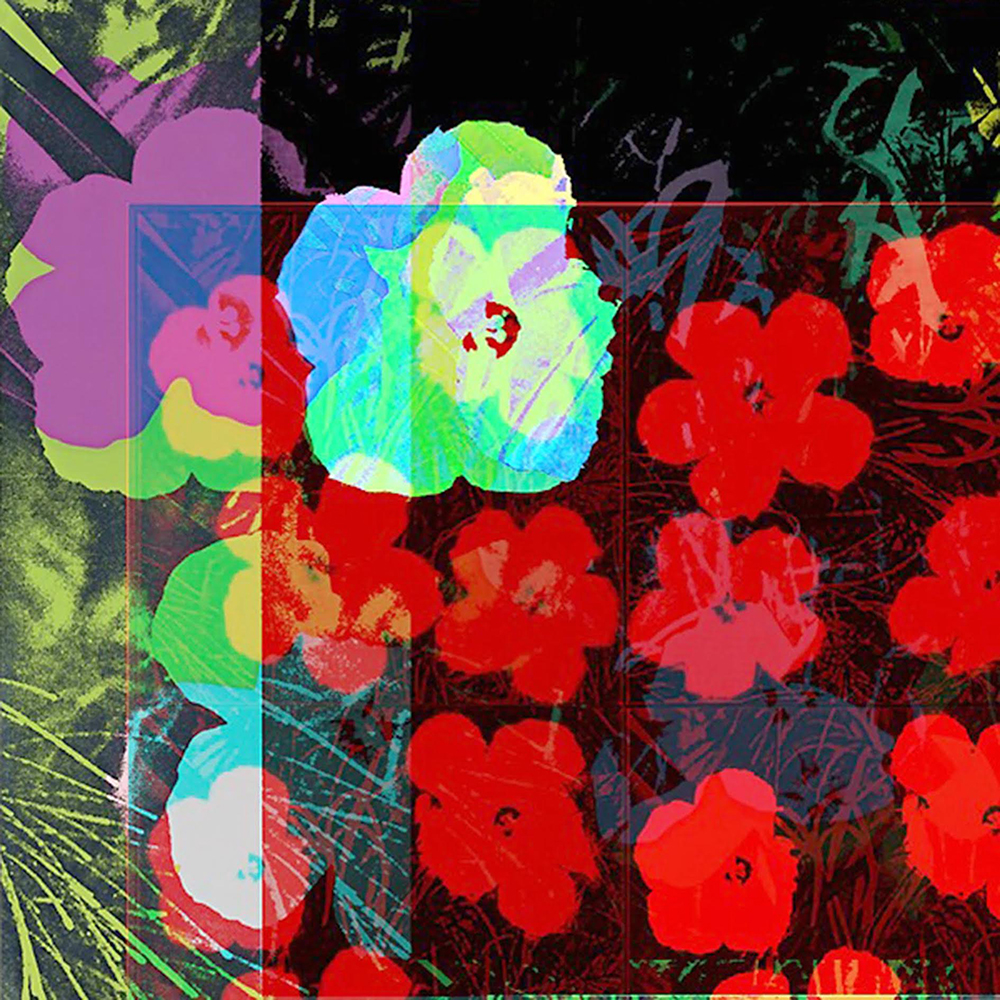
Cornelia Sollfrank. “anonymous-warhol_flowers@Jun_2_19.02.02_2015,” 2015. Image made with net.art generator:
http://net.art-generator.com, digital print, dimensions variable. Courtesy the artist / DAM Gallery
One highlight among the older works is the wall work anonymous-warhol_flowers@Jun_2_19.02.02_2015 (2015), from the Warhol Flower series by Cornelia Sollfrank. A Net Art classic, these flowers have their roots in the last century, but are thriving to this day. This full-wall, physical rendition of net art generator collage results functions aesthetically as well as conceptually, even though the first net art generator was built in 1997. The story behind the net art generator is one of a groundbreaking piece of Cyberfeminism. Sollfrank ventured into heavily male-dominated digital territory by hacking a 1997 Net Art competition into which she entered 300 individual female Net Artists she invented. The net art generator was written in order to create 300 unique pieces of digital art. The original intervention was rather spectacular and received much attention, but also the net art generator itself has survived as an artwork in its own right, questioning automation, authorship, and copyright in the continuously developing digital realm.
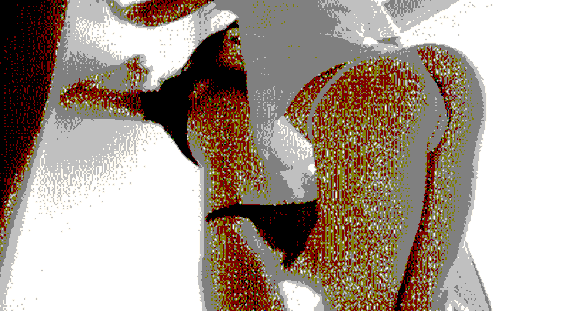
Domenico Barra. “PiratePornoMaterial 2nd 71, .gif,” 2014. Courtesy the artist / DAM Gallery
Jonny Star, a female artist who adopted a male alias and consequently watched her art career take off, takes amateur porn images and puts them on embroidered tablecloth, evoking the domestic culture of Germany in the 60s and 70s; only here, personal desires are on the table instead of inside the closets.
Faith Holland’s physical installation of an online piece is a tower of monitors displaying cat videos. Many visitors seemed to spend more time watching the kittens than the video collage of distorted porn videos that requires the user to use one hand to scroll to get to the next scene. They probably felt that Domenico Barra’s PiratePornoMaterial2nd (2014) was better experienced online and in the privacy of their own homes.
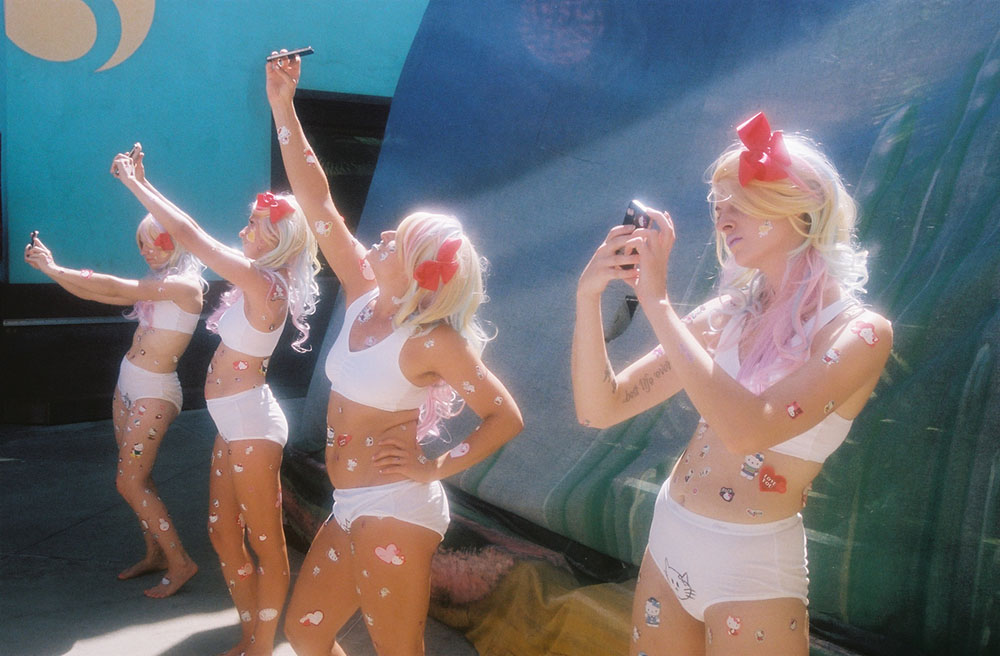
Kate Durbin, “Hello Selfie!,” 2015. Documentation of a performance. Courtesy the artist / photo © Jessie
Askinazi / DAM Gallery
To complement this assortment of selfies, porn imagery, food sculptures, and YouTube videos, the gallery did in fact provide actual pizza, a very popular feature of the evening, which led many to crowd around to entrance to be among the first when the hourly delivery was made.
Alas, the pizza was not delivered by porn stars, nor was there an interactive digital feature. For the next installment, maybe visitors could virtually create their own slice that would then be 3D printed or, alternatively, assembled by porn actors.
Digital art has its own set of particularities from archivation to proliferation to sales and has not turned out to be a popular genre with gallerists. DAM is one of the few art spaces that has consistently focused on showing digital art, unlike many others that briefly jumped on the hype and then dropped the trend when they realized that it was expensive and challenging to display and hard to sell. Berlin Art Week is upon us again and the amount of things to see and do is overwhelming. If you are looking for something that stands out from the herd, head to DAM.
